Our guide covers everything you need to know about medication reconciliation: why it's important, how it affects patient safety, and best practices. Read the guide below or enter your email to download your copy to take on the go.
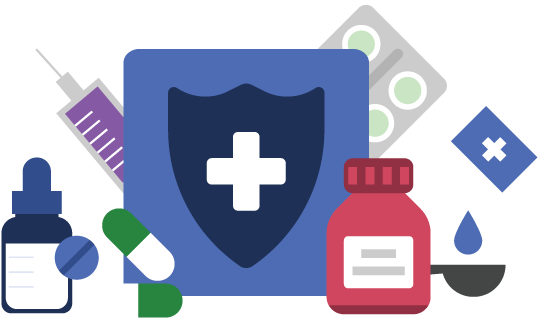
Medication reconciliation is a significant challenge for many organizations that puts the safety of patients — and even their lives — at risk. When a patient's medication history is captured inaccurately during admission, the misinformation can follow a patient throughout their treatment, potentially leading to harmful medication errors and increased costs for patients and organizations. And when inaccurate medication reconciliation occurs at discharge, there can be similar ramifications as well as an increased likelihood of readmission.
The good news for organizations is that there are ample opportunities to enhance medication reconciliation processes. This e-book takes a deep dive into medication reconciliation, covering fundamental issues, such as the importance of medication reconciliation and how it affects safety to providing insight into more specific areas of an organization's operations, such as the quality improvement program, emergency department, and policies and procedures. Following the extensive guidance in this resource can help you achieve significant improvements in quality and financial performance.
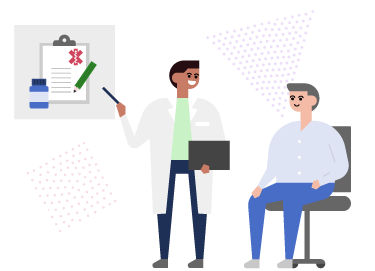
The importance of medication reconciliation should not be overlooked by any healthcare provider. It may already be a priority for your organization. Despite your efforts, there still could be a large margin for error due to the capturing of incomplete or inaccurate information.
Recognizing that patients don’t always remember or know the medications they’ve been prescribed or even those they take on a regular basis, it’s critical to acknowledge that patients are not always a reliable source of information.
The Institute of Medicine found that 50% of all medication errors and 20% of adverse drug events in hospitals occur due to poor communication during transitions.
Here are a few reasons that medication reconciliation should receive greater attention.
Now that you’ve read about why medication reconciliation is important, let’s explore some best practices.
National patient safety initiatives have increased the importance of reconciling medications in the inpatient setting and during transitions. Read why it's time to get serious about this.
Did you know that about half the U.S. population has taken at least one prescription medication in the last 30 days? During that same timeframe, nearly 25% of individuals have used at least three prescription medications, and more than one out of every 10 individuals has used five or more prescription medications.
While there are programs designed to prevent complications when new medications are introduced to a regimen, there’s still a major risk of patients suffering an adverse drug events (ADE). Each year, 700,000 emergency department visits and 100,000 hospitalizations occur due to ADEs.
What steps can you take to help improve complication prevention?
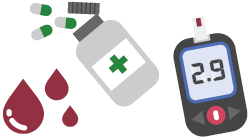
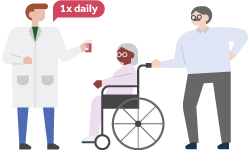

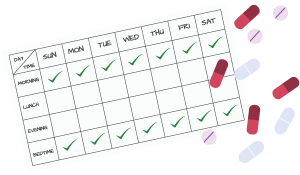

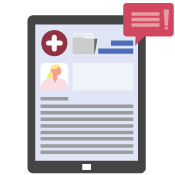
As we’ve shared already, the medication reconciliation process is complicated and has a direct impact on patient safety.
How can you improve the medication reconciliation process?
Here are a few ways to get started.

1. Patient's list of home medications prior to visiting the initial organization.

2. Medications administered by the initial organization during the patient's visit

3. Medications ordered at the receiving organization.
In this white paper, we discuss the critical role medication reconciliation plays in delivering safe care.
 3. How to Obtain the Most Accurate Information
3. How to Obtain the Most Accurate InformationWhen assembling information about a patient’s health, there are a few best practices for patients and providers to better ensure the capturing of more accurate details about a patient’s medications.
Best Practices to Help Patients
Encourage patients to bring their medications to their appointments. If the medications are in front of them, you will at least have the medication names and doses, and hopefully the patient can provide the frequency with which they are taken.
If you don’t have the medications in-person or in a list format provided by patients, focus on improving communication. You can take steps like communicate using a patient’s preferred language, asking open-ended questions, and being on the same physical level, with both parties sitting or standing.
Another worthwhile area of focus: the potential for look-alike sound-alike medications (LASA). Serious consequences, such as dangerous drug-to-drug interactions, can occur when incorrect medication names are recorded. One source of LASA medications is The Institute for Safe Medication Practices (ISMP).
Best Practices to Help Providers
It’s incredibly important that providers don’t make assumptions. If you experience any confusion as you review another provider's medications notes, this is a red flag indicating the information may not be accurate or complete.
In addition to maintaining a current list of LASA medications, ISMP maintains a list of error-prone abbreviations, symbols, and dose designations. Again, if there is any confusion with another provider’s notes, it’s crucial to follow up with that provider to ensure clarity and accuracy.
Finally, if there are errors, report and learn from them. By reporting and analyzing the cause(s) of issues, they are less likely to occur again.
Follow these six steps to help ensure you obtain the most accurate medication information from patients and providers.
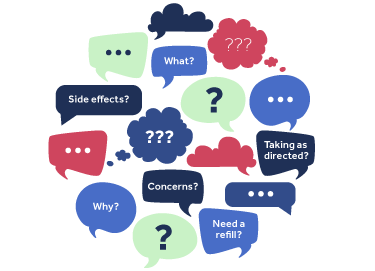
As your facility takes steps toward improving medication reconciliation, remember that it requires much more than checking items off on a list. To ensure you’re truly helping patients concerning medication reconciliation, here are a few tips to consider.
Don't Approach Patients with Preconceptions
Never assume anything about patients. Every individual will be different: some will speak different languages, others will have various religious backgrounds, and some will have a strong recollection of medications they take while others will not.
Commit More Resources to High-Risk Patients
Your organization should implement procedures to help flag those patients at greater risk for medication errors. High-risk patients may include:
Standardize Documentation
By using a standardized form, you can help reduce potential for unreconciled medications. Find examples of such a form through the Institute for Healthcare Improvement (free registration required), the Agency for Healthcare Research and Quality (AHRQ), and other organizations.
Before changing documentation, ensure staff is educated about the reason for the change and they undergo proper training on the new process.
Avoid Over-reliance on Electronic Records
It’s important that providers don’t rely on electronic records alone. Providers should have the skills, training, and knowledge to ask the right questions of patients and fellow providers to help avoid errors.
Monitor Performance
To maintain confidence that your organization’s medication reconciliation process works as intended, monitor adherence and measure its effectiveness. Develop methods for sharing results and implementing improvements.
As previously noted, patients don’t take their medicine as prescribed about half of the time. Beyond that, 1 in 4 new prescriptions are never filled.
Non-adherence is a huge hurdle to helping patients get healthy and stay healthy, especially since it significantly contributes to hospital readmissions.
When it comes to quality improvement (QI) initiatives, hospitals should leverage their staff and analytics to achieve meaningful results.
Better Adherence Requires Better Communication
While communication may seem like an obvious step for QI, it’s important that such communication with patients is consistent. A few examples of topics to discuss with patients are as follows:
In addition to these points of discussion, reiterate the importance of adherence in patients’ discharge plans. Through early identification of potential adherence mistakes and intervention, clinicians can help keep patients safe and prevent readmissions.
Improve Adherence with Better Stars Score
To motivate hospitals to improve the use of particular drugs, the Centers for Medicare & Medicaid Services (CMS), for its Hospital Compare overall hospital rating, assigned a triple weight to Part D of the scoring criteria for three classes of medicines: antihypertensives, antihyperlipidemics, and oral hypoglycemics for diabetic patients.
According to CMS data, these types of drugs have a significant impact on cost of care and rate of readmissions.
The benefit for hospitals is that if a patient has 80% of days covered or better, hospitals receive three times the benefit in their overall Hospital Compare stars score.
Learn how you can make medication adherence a priority in your QI program.
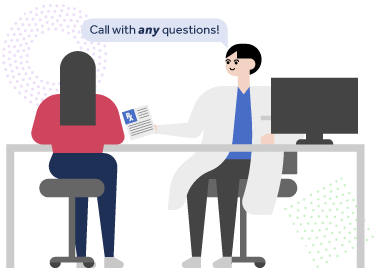
While patients should not be blamed for medication mishaps, they do have the responsibility to report issues with medications that may lead to health risks and complications. Clinicians must teach patients how to recognize problems early so that they can reach out for help when needed.
Here are a few steps clinicians should take to improve communication with patients and help prevent medication errors.
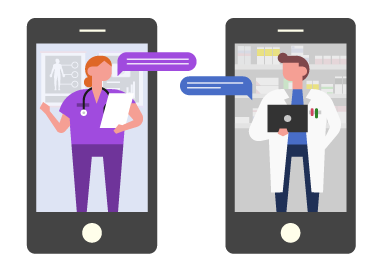
The very nature of an emergency department (ED) can make it difficult to conduct medication reconciliation with a patient.
While strategies for reducing medication errors in the ED don’t stray far from how it’s performed in other areas of the hospital, one challenge unique to EDs is determining who will perform medication reconciliation. With a high number of rotating staff members typically with varying levels of medication experience, there can be tremendous uncertainty surrounding who will take care of medication reconciliation.
Making sure such a policy and procedure are implemented on the front end is important to preventing errors down the road.
Here are four ways to improve medication reconciliation in the ED:
In a fast paced environment like an emergency room, medication reconciliation can be challenging. Learn how to improve this area.
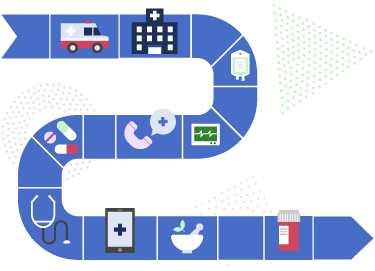
Medication reconciliation should not be a single event; rather, make it an ongoing process as patients transition from one care setting to another, service to another, and/or practitioner or level of care to another.
With serious preventable medication errors occurring in 3.8 million inpatient admissions and 3.3 million outpatient visits annually, enhancing patient care coordination is an important effort to improve medication reconciliation.
Here are three steps to take to boost the efficiency of your care coordination efforts:

1. Focus on Patient-Centered Care –According to AHRQ, successful care coordination “… addresses potential gaps in meeting patients' interrelated medical, social, developmental, behavioral, educational, informal support system, and financial needs in order to achieve optimal health, wellness, or end-of-life outcomes, according to patient preferences.”
It's important to account for such gaps to prevent potential communication challenges between providers and patients.

2. Reliance on Electronic Solutions — For organizations to achieve more effective, patient-focused care, there must be some reliance on electronic solutions. These may include electronic health records, clinical event notifications, and task management solutions.

3. Ongoing Monitoring, Measuring, and Improving – A good care coordination program should include ongoing monitoring and performance measurement. This will help organizations put themselves in a better position to identify problems, shortfalls, potential risks, and other hindrances to successful outcomes.
A Journal of General Internal Medicine study on risk factors and potential harm associated with medication errors at hospital admission found that 36% of patients had mistakes in their admission medication orders.
These errors typically occur during the medication history gathering phase. By developing a medication reconciliation policy and procedure, organizations can help ensure staff follow a process that will decrease the likelihood of errors.
Here are 10 items to consider including in a medication reconciliation policy and procedure.
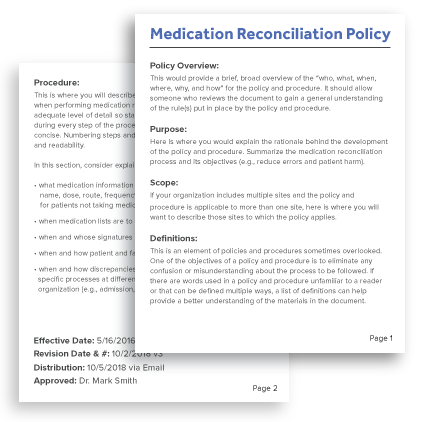
Organizations can't take chances when it comes to medication reconciliation. Learn 10 items you should include in your medication reconciliation policy and procedure.
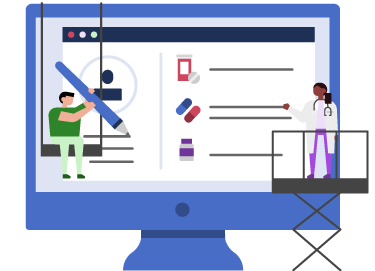
According to its 2018 Hospital Accreditation Program, The Joint Commission states the objective of its National Patient Safety Goal (NPSG) #3 as “Improve the safety of using medications.”
Given the evidence that medication discrepancies and errors can have a significant effect on outcomes, medication safety's inclusion on the list is certainly justified.
What do you need to know about medication reconciliation, according to The Joint Commission’s NPSG? Here are six points:
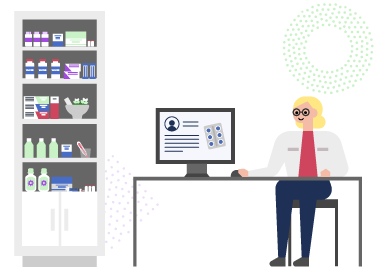
Now that we’ve touched on many areas your organization may want to focus on to help improve its medication reconciliation process, let’s explore what could be missing from your medication reconciliation workflow.
Even with national attention focused on medication safety, errors persist with regularity. Here are some of the most common components missing from the medication reconciliation process.
As is likely evident from the wide-ranging topics and issues covered in this e-book, medication reconciliation is a complex matter that requires attention throughout a patient’s continuum of care. That attention must come from many members of a healthcare organization as well as patients themselves and frequently their caregivers. Without a carefully coordinated effort involving all stakeholders and aimed at capturing an accurate medication list at admission, maintaining accuracy while a patient is receiving treatment, and then ensuring accuracy at discharge, patient safety could be jeopardized, and organizations may be confronted with growing numbers of readmissions and avoidable expenses.
We hope this publication provides guidance and tools that will help your organization identify opportunities for improvement. Supplement this resource with insight and recommendations from the people within your organization tasked with performing and supporting medication reconciliation as well as patients and caregivers. Ask them what they believe is working well in executing accurate, complete medication reconciliation and what may require more attention. Discuss their feedback and act on recommendations that seem worthwhile. As you implement changes to processes, policies, and/or procedures, monitor them closely to ensure they are having the effect(s) you desire. Even a seemingly small, positive change can deliver a far-reaching and sustained improvement that directly impacts your organization's deliver of quality care and financial performance.
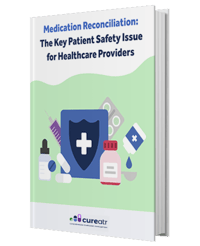 Save this information for later.
Save this information for later.
© Cureatr 2023 | Privacy Policy
HEDIS® is a registered trademark of the National Committee for Quality Assurance (NCQA).